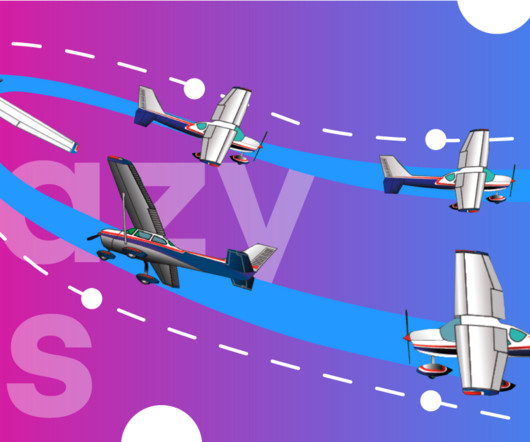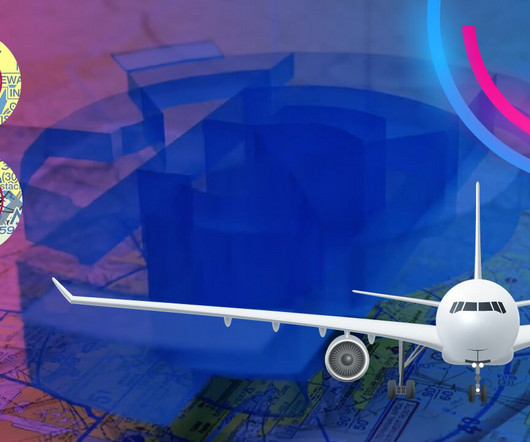What Is a SPECI and When Is It Issued?
Pilot Institute
NOVEMBER 5, 2024
A sudden wind shift, a 10-knot or greater speed increase, a 45-degree or more direction change, or gusts exceeding limits may also cause a SPECI. This includes the wind direction in degrees and the wind speed in knots. Altimeter Setting The altimeter setting gives you pressure information in inches of mercury or hectopascals.














Let's personalize your content